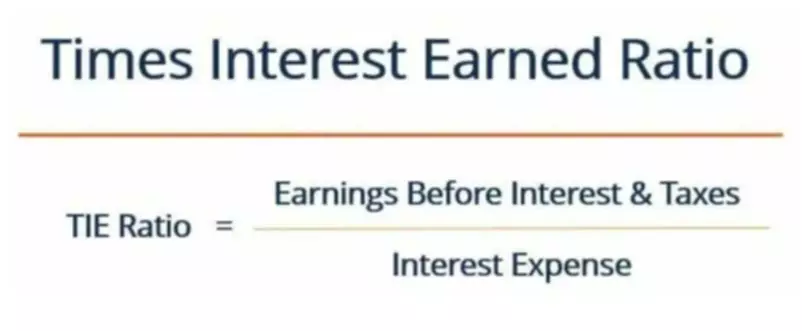Content

Since SG&A expenses are not a product cost, they are not assigned to the cost of goods sold or to the goods that are in inventory. The most common examples are rent, insurance, utilities, supplies, and expenses related to company management, such as salaries of executives, admin staff, and non-salespeople. Selling expenses included in SG&A are often divided into direct and indirect costs.
- After mergers or in times of financial hardship, SG&A expense is the first area that management would examine to cut costs without impacting manufacturing or sales.
- This is because it deals with all of the other factors that come with creating a product.
- SG&A may seem like a concept that doesn’t fit into all businesses.
- They happen before the sale of a product, or throughout a sales cycle.
- The selling, general and administrative expense (SG&A) is comprised of all operating expenses of a business that are not included in the cost of goods sold.
They differ from the direct product or service costs that comprise cost of goods sold, such as raw materials and direct labor costs. A line item found on a profit and loss statement, SG&A expenses are often expressed as a percentage of a company’s net sales. SG&A includes all non-production expenses incurred by a company in any given period.
SG&A expenses need to be regularly reviewed
The distinction found in the financials will be based on the relative size of each, which depends on the specific industry in question. The trend of the ratio is followed for future periods (i.e. increasing, decreasing) until the normalized % is reached, which is based on industry averages. The 25% ratio means that for each dollar of revenue created, $0.25 gets spent on SG&A expenses. This is most often the cost of renting an office or headquarter space but may encompass other items necessary for rent not related to the manufacturing process. This can be any form, and a company can choose to further refine the way it accounts for advertising by using many different general ledger codes.
Understanding and controlling SG&A can help companies manage their overhead, reduce costs and sustain profitability. They are incurred in the day-to-day operations of a business and may not be directly tied to any specific function or department within the company. https://www.bookstime.com/ They are usually fixed costs that are incurred disregarding the amount of sales or production incurred during a certain period. While SG&A typically doesn’t absorb as much revenue as cost of goods sold, it is still usually anywhere from 15 to 25 percent of revenue.
Definition of SG&A
General and administrative (G&A) costs are the overhead costs of a company. sg&a meaning These costs are necessary for a company to open its doors on a daily basis.
These expenses include rent, advertising and marketing, administrative costs, sales commissions, and utilities. Selling general and administrative (SG&A) expenses comprise all direct and indirect selling costs, operational overhead costs, and administrative expenses unrelated to production and sales. SG&A expenses include all of the day-to-day operating costs of running a company that aren’t directly related to producing a product or service (i.e., non-production costs). A business’s SG&A is the sum of all direct and indirect selling expenses and all general and administrative (G&A) costs. SG&A expenses comprise all the day-to-day operating costs of running a business that aren’t related to producing a good or service. This includes a wide range of expenses, such as rent, advertising and marketing, and salaries of management and administrative staff. SG&A does not include the direct costs of producing goods or acquiring goods for sale, which are calculated separately as cost of goods sold .
SG&A Examples
There are a few key advantages to tallying SG&A expenses separately from other expenses. Both tax professionals help with tax planning and advising clients in complicated tax situations, but there are some key differences. Here’s how you can effectively protect your business by selecting the correct tax professional for the job. Follow these tax dos and don’ts for gig workers to prepare for taxes and lower your tax bill. But as mentioned earlier, the line item can be broken out individually depending on the size of the cost and relevance to the core business model. For example, the ratio for manufacturers can range anywhere around 20% of revenue, while in healthcare it can be up to 50% of revenue.
UNGA Third Committee discusses annual SG report on reprisals for the first time – International Service for Human Rights
UNGA Third Committee discusses annual SG report on reprisals for the first time.
Posted: Tue, 25 Oct 2022 21:12:14 GMT [source]



